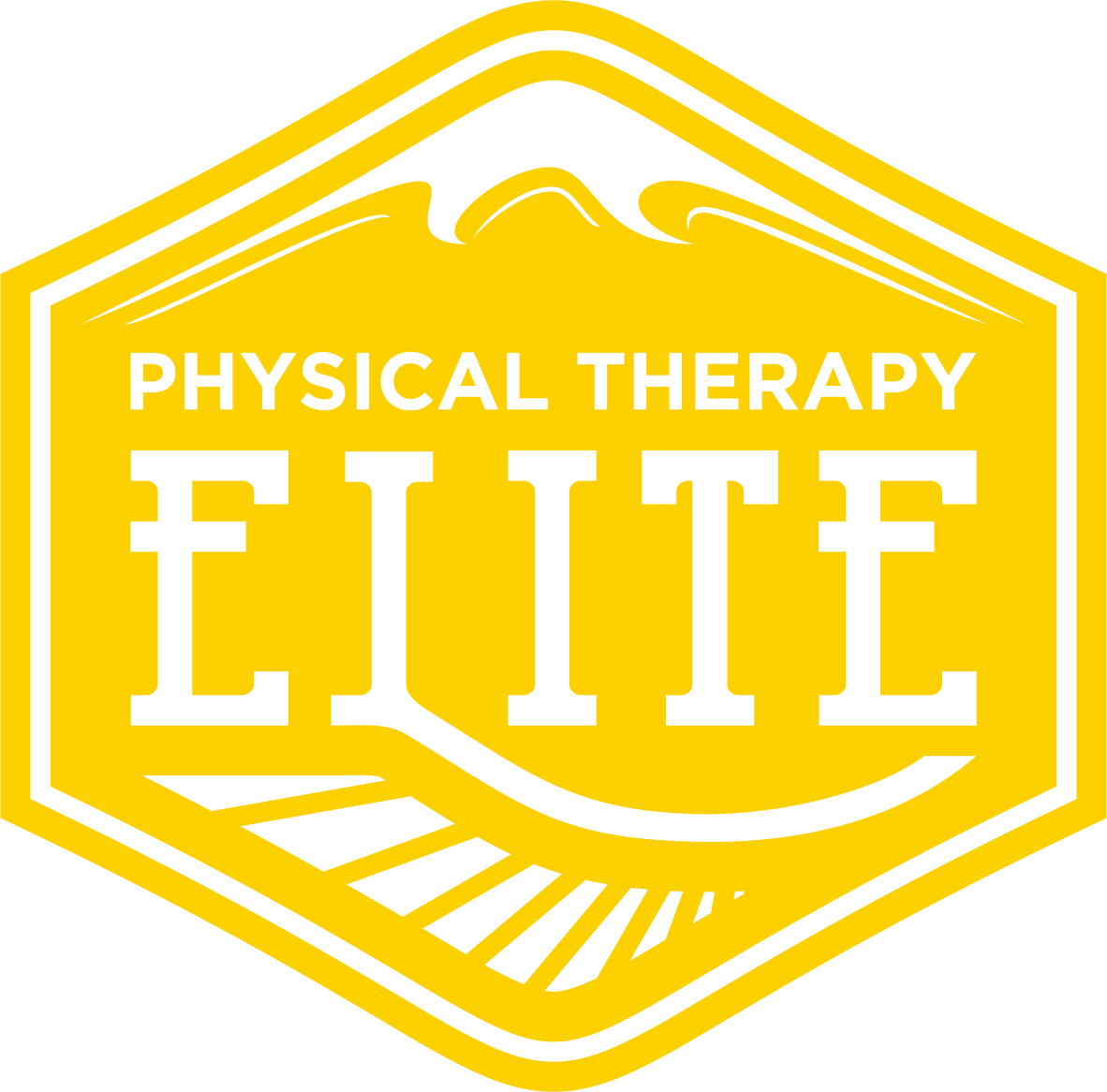In our last blog, Tuning The Bow and Hunter, we talked about the athletic and physical requirements bowhunting demands in order to see success and consistency in your hunts. Today, we are going to hone in on a bowhunting non-negotiable - Mobility!
As previously mentioned, bowhunting is very much an athletic endeavor. It therefore requires specific training to meet the specific demands. This extends beyond strength training and practicing your shot. Adequate mobility is a precursor as you will never be as strong as you could be nor will your shot be as accurate as it should be if you do not have full range of motion and freedom of isolated movement.
The strength and precision required to handle the bow and deliver a clean shot depend very much on adequate mobility. Meaning, can you achieve the shoulder position necessary for a full draw? Can you isolate rotation of the upper body on the lower?
There must be adequate mobility of the upper body and shoulders as the position for the draw and load is quite dramatic. The bow arm must be able to extend forward while the drawing arm reaches a position of nearly maximal horizontal abduction (which, when combined with extension and internal rotation, is extremely demanding!). Not only does the ability to reach a full draw position allow for optimal alignment of the bow, but it also reduces the risk of shoulder impingement.
Here’s How To Get It!
Shoulder Releases:
Lacrosse Ball Pec Release:
Lacrosse Ball Scap Release:
Pin the lacrosse ball between the wall and inside border of the shoulder blade, move the arm up and down and side to side across the body.
Doorway Pec and Bicep Stretch Bilateral (Static):
Perform with elbows bent and with elbows straight.
In order to maintain an optimal draw and load position, the hips must remain stable while the upper trunk rotates toward the draw side. This is dependent upon lumbar and thoracic spine rotation.
Thoracic Rotation:
“Thread the Needle”:
In addition to rotation, the thoracic spine must also be able to extend. This allows for clearance of the shoulder joint without compromising stability as the ribcage must remain drawn down against the abdomen (key element to core strength).
Self Mobilization:
Peanut
In summary, the body must be able to maintain proper alignment and a steady position without compensating or impinging upon itself. Adequate shoulder and spinal mobility ensure freedom of movement without loss of performance or risk of injury. Now that proper mobility has been achieved, strength can be applied.




